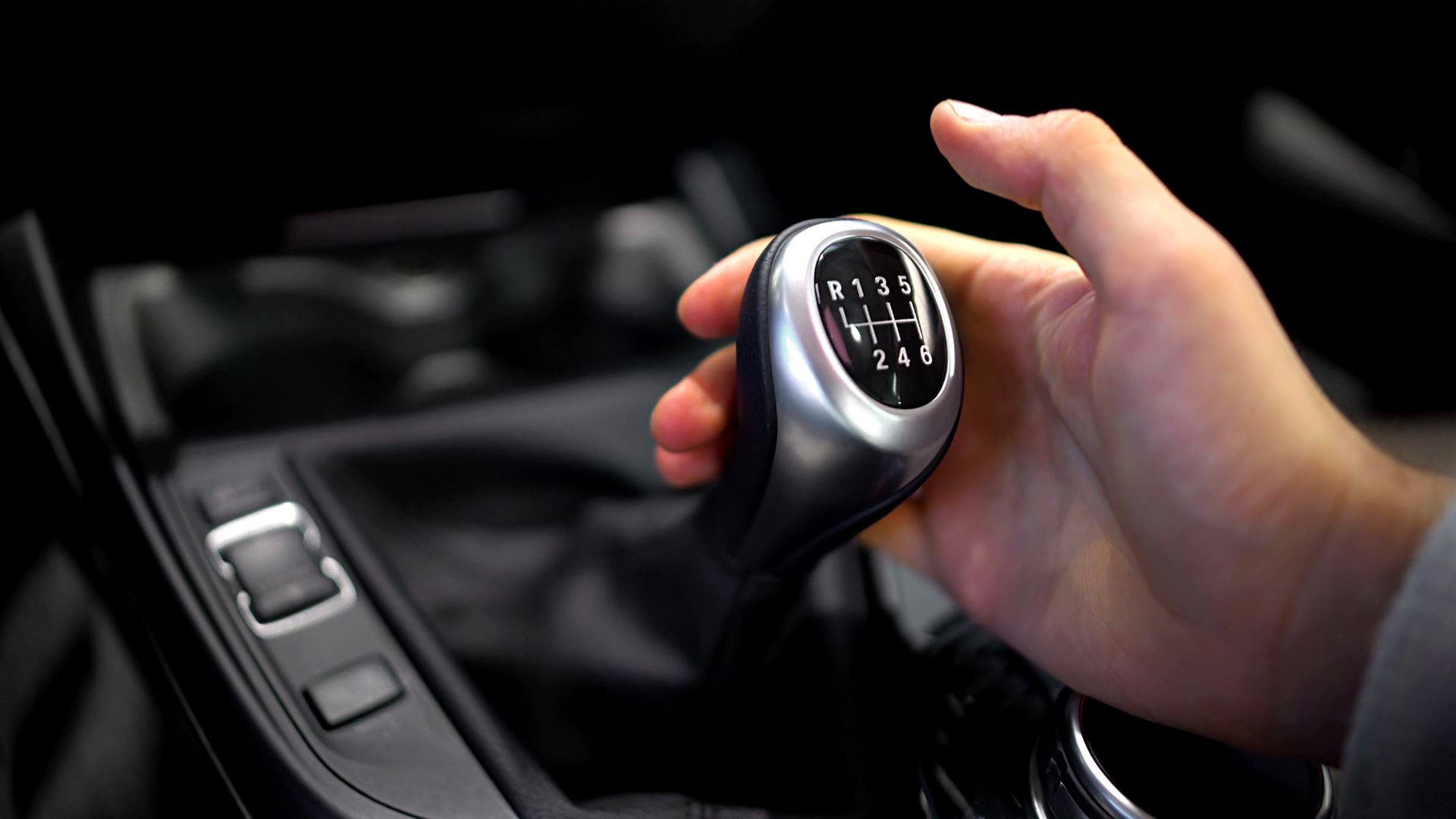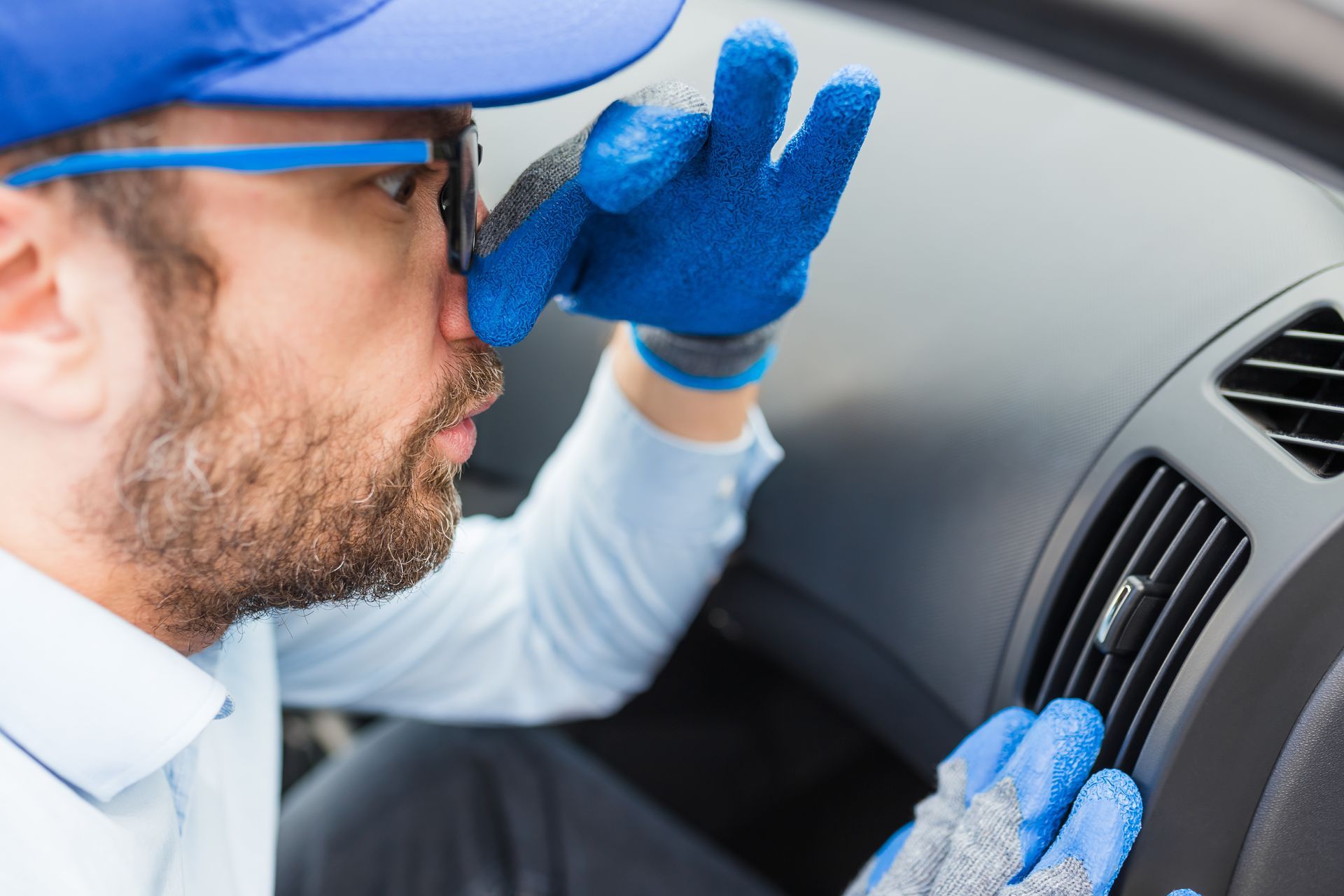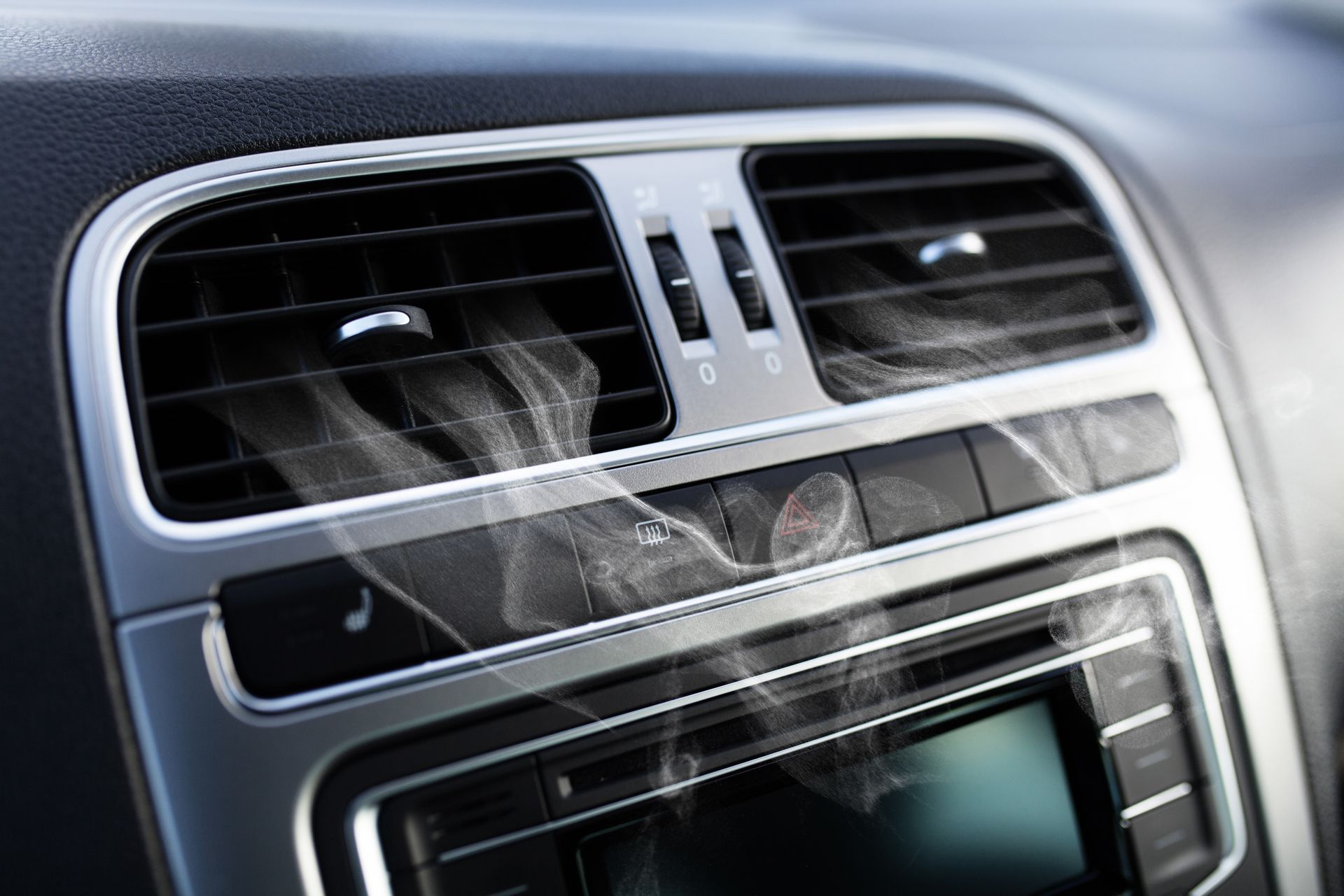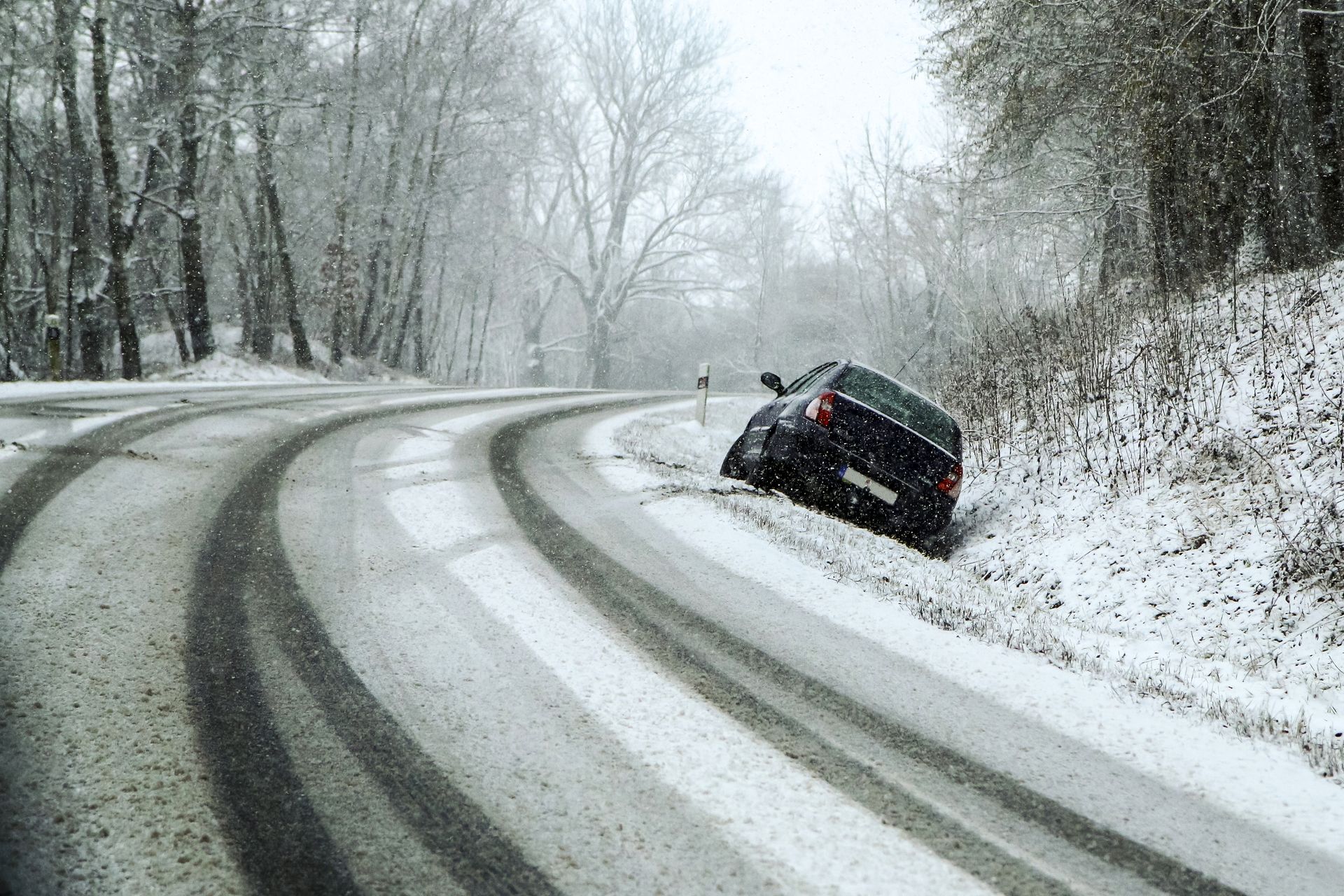Coolant, or antifreeze, keeps your engine at the right temperature at all times. It flows through the engine and radiator, absorbing heat and preventing freezing or overheating. But coolant doesn’t last forever. Over time, it breaks down and collects contaminants that can damage your cooling system. That’s why flushing and replacing it regularly is essential.
Ignoring coolant maintenance might not cause immediate problems, but it can shorten the life of your radiator, heater core, and even the engine itself. So, how often should you really flush it?
What Coolant Does Inside Your Engine
Most drivers know coolant helps regulate temperature. But it also lubricates water pump seals and prevents corrosion inside your engine. As it circulates, it picks up bits of rust, scale, and metal particles from within the system. If left unchanged, that mixture becomes acidic and abrasive.
That old coolant can clog narrow passages or create a build-up in the radiator. This reduces the system’s ability to transfer heat, which means the engine runs hotter. In some cases, extreme heat can lead to warped engine parts or blown head gaskets.
Recommended Coolant Flush Intervals
There’s no universal schedule for all vehicles. In general, most manufacturers recommend a coolant flush every 30,000 to 60,000 miles. Some newer cars with long-life coolants may go up to 100,000 miles, but that doesn’t apply to every engine.
Your vehicle’s owner’s manual will list the specific recommendation. But if you’re unsure, a technician can test the coolant’s condition during routine service. If the fluid is dark, rusty, or has floating particles, it’s time for a flush regardless of mileage.
Keep in mind that severe driving conditions like stop-and-go traffic, heavy towing, or extreme temperatures accelerate coolant breakdown. In those cases, it’s wise to check more frequently.
Signs Your Coolant Needs Attention
While the dashboard temperature gauge is helpful, it's not always the first warning sign. In many cases, symptoms of old or contaminated coolant show up in other ways:
- If your heater suddenly blows cold air, even when the engine is warm, the heater core may be clogged.
- Low coolant levels without a visible leak could mean the fluid is being lost through internal engine damage.
- A sweet smell from under the hood might indicate a coolant leak, especially if you also notice steam.
- Rising engine temperatures (or overheating) is a late sign that your coolant system isn’t doing its job. At this point, the damage may already be underway.
Coolant Flush vs. Coolant Top-Off
Topping off your coolant is a temporary fix that doesn’t remove contaminants or restore corrosion inhibitors. A full coolant flush drains the old fluid, flushes out buildup, and replaces it with fresh coolant that protects your engine properly.
It’s the difference between adding water to a dirty glass and cleaning the glass before refilling it. Simply adding new coolant to old fluid doesn’t restore the protection your engine needs.
How a Coolant Flush Helps Long-Term
Performing regular flushes can extend the life of your cooling system. It keeps passages clear, protects against internal rust, and maintains consistent engine temperature. It also helps prevent breakdowns in extreme weather.
A clean system runs more efficiently, which may even improve fuel economy slightly. More importantly, it helps avoid costly repairs like water pump or radiator replacement.
Keep Your Engine Healthy at Oneida Service Center in Oneida, NY
If you haven’t flushed your coolant in a while or you’re unsure about its condition, visit Oneida Service Center in Oneida, NY. Our technicians can test your coolant, check for signs of leaks or corrosion, and perform a complete flush if needed. We’ll help you protect your engine from heat, cold, and unexpected failures.
Schedule a visit today and keep your vehicle running at the right temperature all year round.










